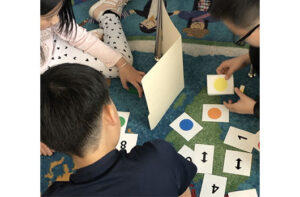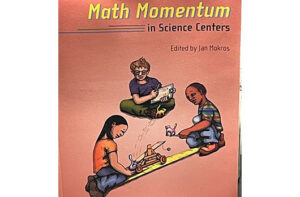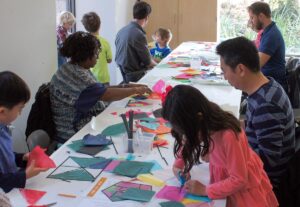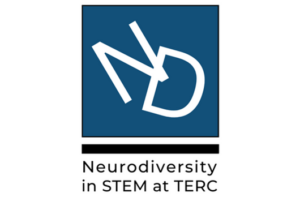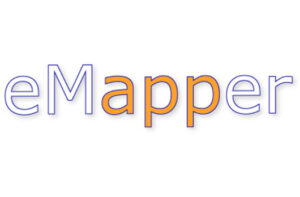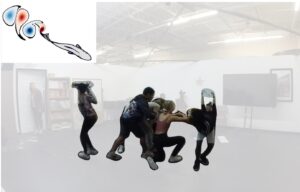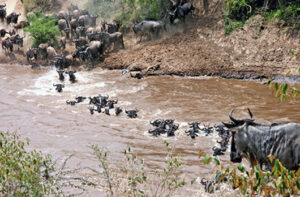Telling tales: The use of narratives in informal STEM settings
Neta Shaby, Justin Dillon, Ran Peleg, Orit Ben-Zvi Assaraf, Scott Alan Pattison, Palmyre Pierroux, Maya Barzilay, Muriel Grenon, Rolf Steier, Gina Navoa Svarovsky, Smirla Ramos-Montañez, Catherine Wagner, María Quijano, Amy Corbett, Viviana Lopez Burgos, and Diana Contreras
Shaby, N., Dillon, J., Peleg, R., Assaraf, O. B.-Z., Pattison, S., Pierroux, P., Barzilay, M., Grenon, M., Steier, R., Ramos-Montanez, S., Wagner, C., Quijano, M., Burgos, V. L., & Contreras, D. (2025). Telling tales: The use of narratives in informal STEM settings. Research in Science and Technological Education. https://doi.org/10.1080/02635143.2025.2469065
Abstract
Background: For decades, narrative has had a prominent place in educational studies, both as a focus of research and pedagogy. However, most research was done with school (or pre-school) students in formal settings. Purpose: This paper emerged from a conference symposium that brought together five studies by researchers from across the world to discuss, debate and generate insights about the use of narrative in informal environments. The purpose of this paper is to synthesize the findings to form design conjectures that can serve informal researchers and practitioners. Sample: We examine the use of narrative in five informal STEM environments: a science museum, a zoo, a virtual exhibition, an escape room, and home-based engineering activities. Design and methods: The five studies look at a variety of participants, including elementary and high school students, free-choice visitors, and preschool-aged children and their families. We describe the use of narrative in these learning environments and explore the ways narratives can potentially support and facilitate STEM teaching, engagement, and understanding. All studies use qualitative research approaches, utilizing interviews and observations, following interpretivist data analysis approaches. Results: The findings from the five studies were synthesized to form five design conjectures of how narrative support learning in informal STEM environments. The significance of this collection of studies is to showcase the varied use of narratives in informal STEM learning environments.

Related People:
Scott Pattison, Smirla Ramos Montañez, and Viviana Lopez Burgos


